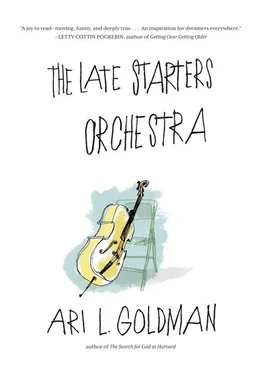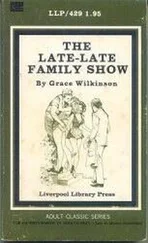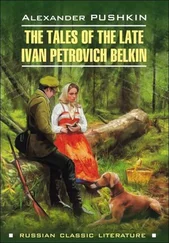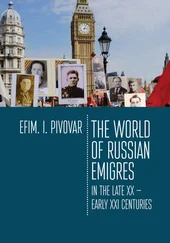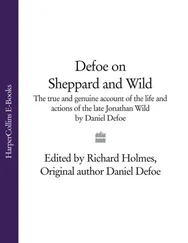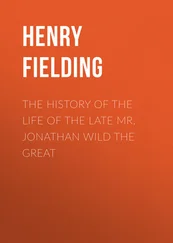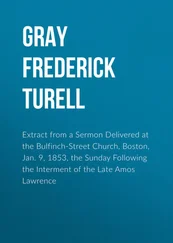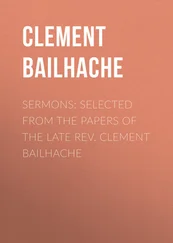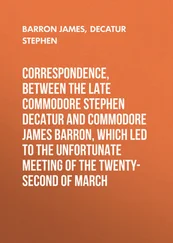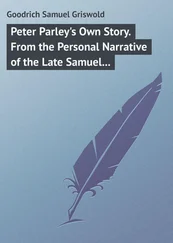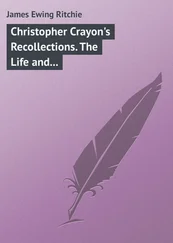And it still connects him with me.
JUDAH AND I KEEP our cellos on special upright instrument stands in our living room, one cello at each end of the big black leather couch. The cellos stand there within easy reach, poised for the moment when musical inspiration strikes.
One day I carefully take Judah’s cello from its stand and bring it over to a chair. I position myself opposite Bill, thinking that perhaps I have the power to conjure up the spirit of Mr. J one more time and entice him to play with me. I’ve heard him come through Bill before.
I plant my feet squarely on the floor, place the cello between my legs, take the bow in my right hand, and gently glide it over the strings.
I play my open strings, running the bow between the bridge and the fingerboard, careful to find the sweet spot where the sound resonates most vibrantly. I look at Bill but I do not hear a note. I do not hear a word. No one else is home. And no one else is playing. This is just me.
My playing fills the house. The sound fills the air. It is rich, full, and luxuriant. Every note is perfect. Time slows, and slows, and slows, until it stops. I lift my left hand to the strings and find third position. Without effort or intention, I am playing Rabbi Carlebach’s “Mimkomcha.” I feel time actually unfurling, slowly moving back, and back, and back, until I am at a place where I was before the cello, before fatherhood, before marriage, before adulthood. Suddenly, I am no longer a sixty-something-year-old man in my apartment in New York, but I am a boy singing in the synagogue, reaching for the high notes.
Effortlessly, I hit each one with grace and energy and passion. The happiness I feel is followed by a burst of inspiration that leads me to the Bach minuet that I struggled with for years. I stop to see if Bill will join me, help me through the difficult passages, but he remains silent. I am on my own.
The melody glides easily off my bow. The music flows naturally and with a fluency that Bach himself would admire. My left hand dances across the fingerboard and the music surges through the house. My music. Just me. The cello has transported me beyond time, beyond space, beyond myself. It is playing me as much as I am playing it.
Everything that Judah ever played on this cello, everything that Ruth of the Bangor Symphony played — music that I was sure was beyond my abilities — is now coming through my hands, though my bow, through this cello, through me. I am working my way from one glorious piece to another. Vivaldi, Mozart, Breval, Boccherini, Fauré, Tchaikovsky, Saint-Saëns, Beethoven. With ease, I am playing songs that I never played before. They are fully familiar to me; they are mine. The world has stopped, and it will stay that way, as long as I hold the cello in my arms. With it, I can transcend time, even transcend my own abilities, and embrace the world with all the joy, sadness, and beauty that only music can express.
My greatest thanks goes to the men and women who, over the years, have taught me to play cello, in particular Heinrich Joachim, Noah Hoffeld, Laura Usiskin, and Suzanne Saba Hughes. Noah was especially helpful in putting this book together by providing valuable feedback as well as the musical notations that adorn the final chapter.
Several friends read the manuscript at various points and I would like to thank them for their guidance and input. These include Dr. Isaac Herschkopf, Carolyn Starman Hessel, Samuel G. Freedman, Jack Schwartz, and Rabbi Elie Spitz. I also got my family involved in this project, and I would like to thank my cousins Debra Kolitz and Deb Kram, and my children, Adam, Emma, and Judah. My most dedicated and helpful reader was my wife, Shira, who read through several iterations of this book and encouraged me at every turn. While I welcomed everyone’s contributions, all the shortcomings of this book are mine and mine alone.
I would like to thank the members, conductors, and administrators of the various orchestras that I joined over the years for allowing me to play with them and for talking with me about what the music means to them. The best part of writing this book was doing those interviews. My thanks to the InterSchool Orchestras of New York, the Downtown Symphony, the East London Late Starters Orchestra, and the New York Late-Starters String Orchestra.
I am grateful to Eric Hanson for the enchanting drawings that grace these pages. Finally, I want to thank my editor, Amy Gash — ever-positive, patient, and inspiring — and the whole team at Algonquin.
